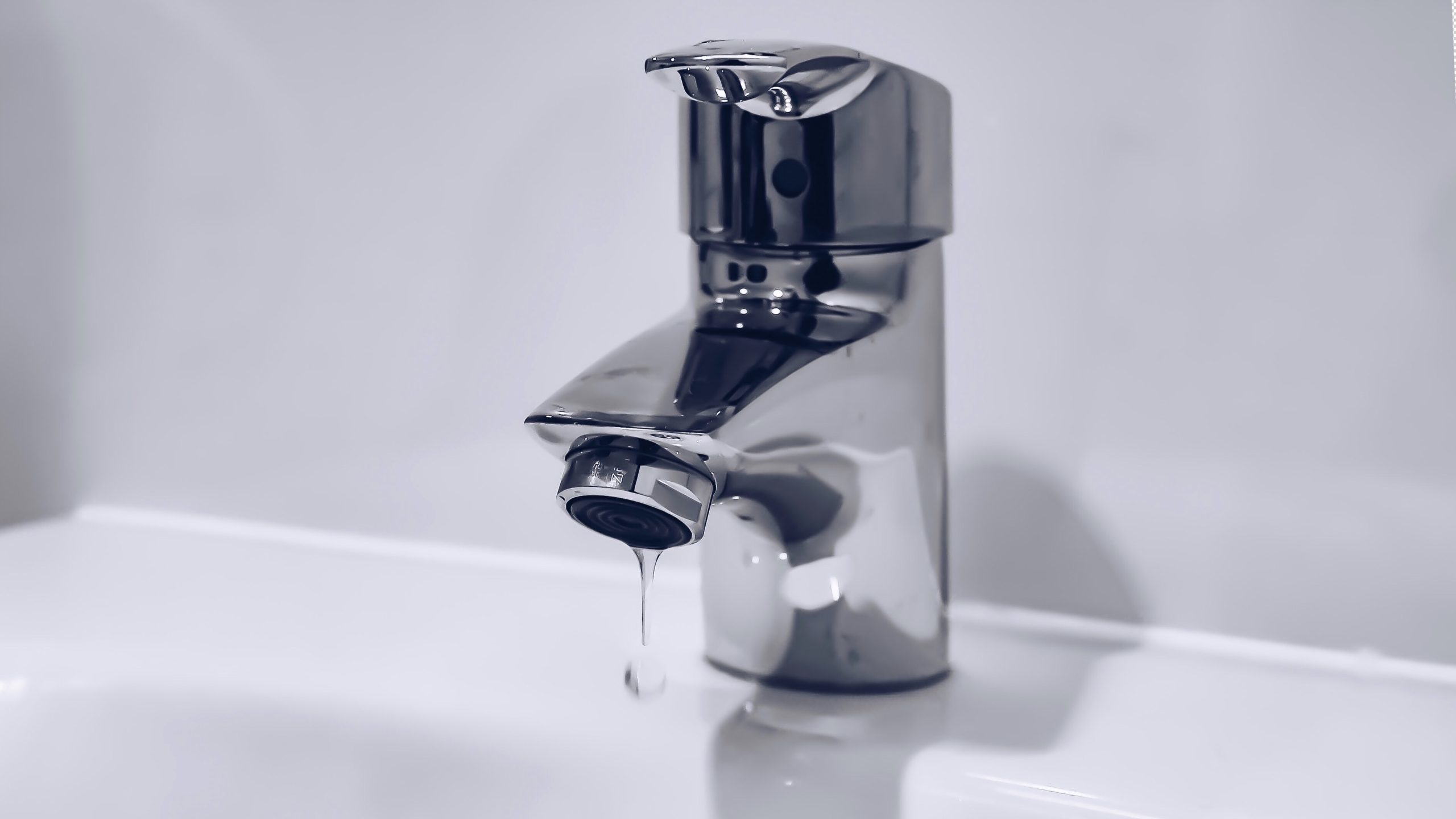Reduce Indoor Water Usage
The average American uses 156 gallons of water a day, two times the average consumption in France, and 4 times that of India (CDC). Though often unnoticed, the consequences of a high water consumption are inevitable, from seasonal drought to soil infertility. If we want to offer a better future to the next generations, we need to reduce our residential water consumption, which represents 57% of public water use. Concerning this issue, you’ve likely been advised to take shorter showers or turn off water while shaving. While this advice is valid, it takes some time to build up the habit. What if you could automatically and subconsciously save water at home? Here are a few hacks to dramatically reduce your water footprint.
Bathrooms are the biggest culprit in American households, accounting for nearly half of indoor water use (Fig. 1). To effectively reduce indoor water use, it is only natural that we start with the bathroom. Instead of a standard toilet, you can install a dual flush toilet that uses different amounts of water for liquid and solid waste. They were invented in 1980 and are becoming more commonplace. More recent high-efficiency toilets can reduce water usage by 20%. Unless you are a handy homeowner, installing a new eco-friendly toilet is impractical. Nonetheless, you can still reduce water usage by placing a filled bottle of water in the tank. With a 1-liter bottle, that’s 15% percent of water saved with every flush!

Still in the bathroom department, shower time can prove to be difficult to track—especially when you start imaginary arguments with the shampoo bottles. The obvious solution of setting a phone timer is both inconvenient and impractical. To solve this problem, you can purchase a four-minute hourglass shower timer. Some even come with a suction cup to easily attach it to your shower’s wall. That’s a mini game every time to step in the shower: beat the timer to save water!
To take your water-saving game (no pun intended) to the next level, you can invest in a high-efficiency shower head. There are many options on the market at varying prices, but Nebia by MoenTM is particularly remarkable. The shower head breaks up water into tiny droplets and doubles coverage with almost half the water according to the company’s website. This product is out of the budget of most, but it’s great that the technology is available. Speaking of efficient shower heads, why not also upgrade the faucets in your house? Low-flow fixtures can reduce water use by as much as 60 percent over standard ones. With these savings, low flow faucets are definitely worth the investment.
With these hacks, you can reduce your water footprint without actively thinking about it. A significant reduction in water consumption will save you money and tremendously benefit the environment. It reduces the likelihood of future droughts and diverts less water from rivers and lakes, giving marine animals a better chance to thrive. A lower water consumption also saves the energy used to treat, pump, heat and deliver water, thus slowing down climate change.
Written by Kelly Jean, Class of 2022
Photo by Sasikan Ulevik on Unsplash

